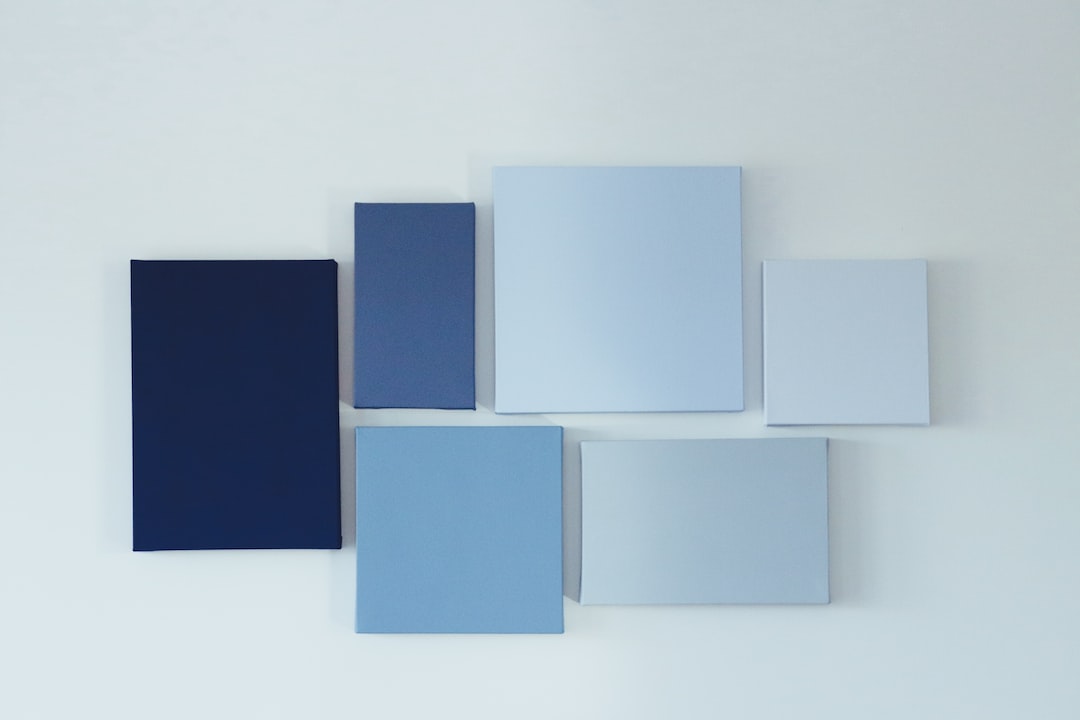The Growing Influence of Augmented Reality in Design
In recent years, augmented reality (AR) has emerged as a transformative technology with a wide range of applications in various industries. One field where AR is making a significant impact is design. Designers are increasingly harnessing the power of AR to enhance their creativity, improve collaboration, and deliver immersive experiences to their clients. The growing influence of augmented reality in design cannot be ignored, as it is reshaping the way designers work and changing the design landscape.
Augmented reality refers to the integration of digital information into the physical world, thereby enhancing our perception and interaction with the environment. In design, AR allows designers to overlay virtual elements onto real-world objects, providing a new level of interactivity and possibilities. With AR, designers can visualize their concepts in a realistic manner, allowing clients to see and experience the final product before it is even created. This not only saves time and resources but also ensures a better understanding of the design intent.
One major area where AR is transforming design is in architecture and interior design. Traditionally, architects have relied on digital renderings and physical models to convey their design ideas. However, these methods have limitations when it comes to providing an immersive experience for clients. AR technology enables architects to create virtual walkthroughs of buildings or spaces, allowing clients to explore and interact with the design in a more engaging way. This level of immersion provides a better understanding of the space and helps clients make informed decisions regarding design elements such as materials, colors, and layouts.
In the world of product design, AR is revolutionizing the design process. Designers can now create virtual prototypes and simulate product interactions in real-time. This allows for better iteration and refinement of designs, saving time and reducing costs associated with physical prototypes. With AR, designers can also test different design variations and gather user feedback more efficiently. This level of flexibility and agility empowers designers to create better products that meet the needs and preferences of users.
Not limited to physical products, AR is also transforming the world of graphic design. Designers can now create augmented reality marketing materials that come to life when viewed through a smartphone or tablet. This opens up new creative possibilities, as designers can incorporate interactive elements, animations, and videos into their designs. AR-enabled design not only captures the attention of consumers but also provides a memorable and unique brand experience.
Collaboration is another area where AR is making a significant impact in design. Design teams no longer need to be physically present in the same location to work together. With AR, designers can collaborate in real-time, regardless of their geographical location. Multiple designers can view and manipulate a design simultaneously, making it easier to exchange ideas and make informed decisions. This level of collaboration not only saves time and resources but also enhances creativity and productivity.
The future of design is undeniably shaped by augmented reality. As the technology continues to advance, the possibilities for designers are endless. We can expect to see more sophisticated AR tools and software that will further streamline the design process and provide designers with even more powerful visualization capabilities. AR glasses and wearable devices will also play a crucial role in delivering AR experiences to users, making augmented reality an integral part of our everyday lives.
In conclusion, augmented reality is revolutionizing the world of design. From architecture to product design and graphic design, AR is providing designers with new tools and capabilities to create immersive experiences, enhance collaboration, and deliver better outcomes. As the influence of augmented reality continues to grow, designers must embrace this transformative technology to stay ahead of the curve and unlock the full potential of their creativity. The future of design is augmented, and it is an exciting time to be a designer.
